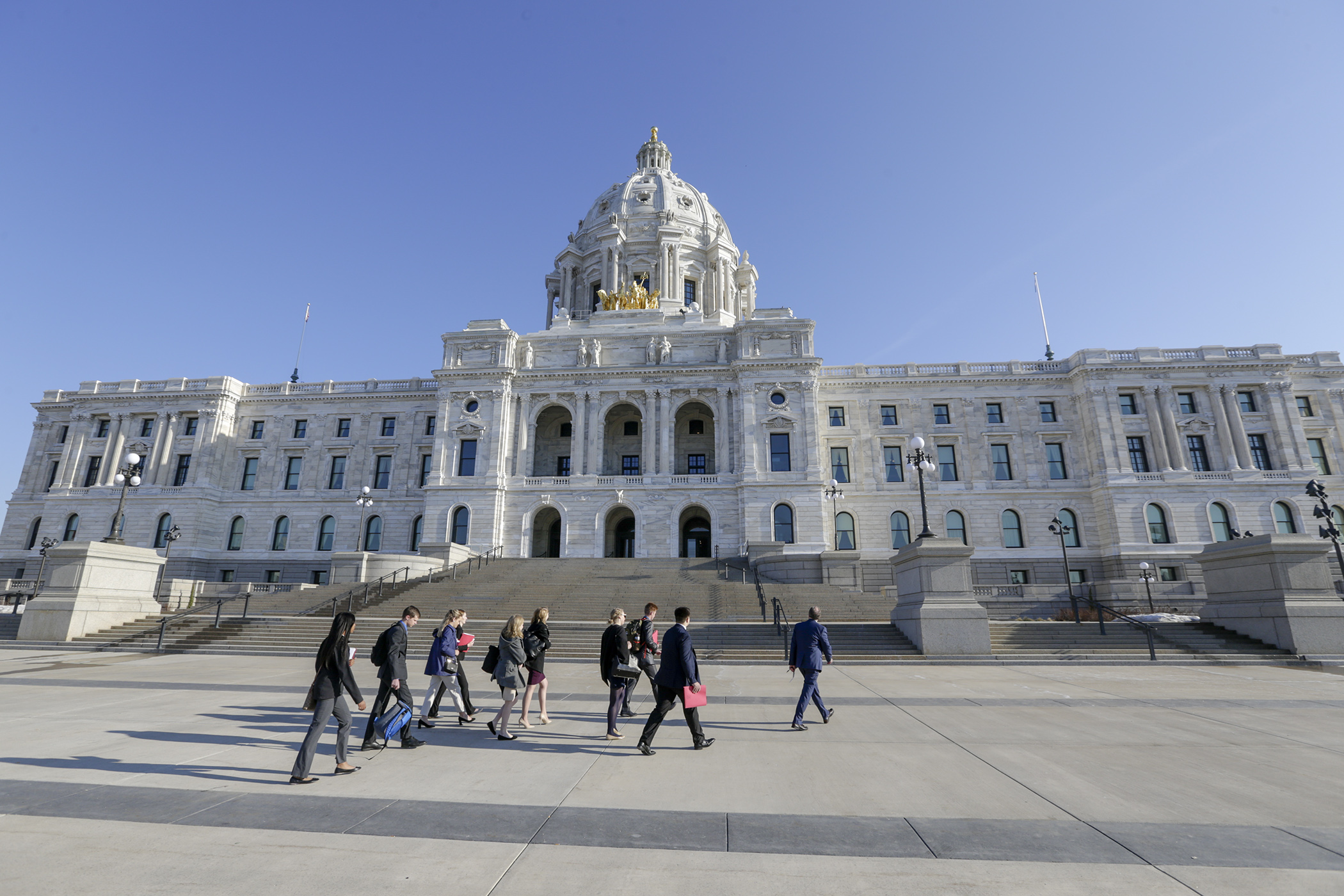Combined education bill signals start of omnibus mergers

Monday’s merging of the education finance and higher education finance bills is likely just the first merger of omnibus finance bills as the House looks to complete its work over the next four weeks.
Sponsored by Rep. Jenifer Loon (R-Eden Prairie), HF4328, the omnibus education finance bill, as amended, was approved by the House Ways and Means Committee, and will head to the House Floor.
Notably, Rep. Jim Knoblach (R-St. Cloud) successfully offered an amendment that would redirect $4.5 million of the funding originally appropriated to Metropolitan State University’s cybersecurity programming by the House Higher Education and Career Readiness Policy.
The amendment, which was itself orally amended, would appropriate $4 million of the original $5 million appropriation to the Minnesota State system for general campus support. Another $500,000 of that would be redirected to the University of Minnesota for tuition support. The remaining $500,000 would still be used towards the cybersecurity program.
“I think that the project at Metro State, the cybersecurity project that has been described is very interesting from what I know and has a lot of potential. I want to leave some money in for it so we can have further discussion on this in conference [committee],” Knoblach said. “But at the same time, I know there are other needs out there amongst the Minnesota State system in particular.”
It was a move supported by Higher Education Commissioner Larry Pogemiller. “The amendment you had this evening, moving money to Minnesota State for campus support and a modest amount for holding tuition down at the university, that direction the governor absolutely supports and appreciates that movement. Obviously, the dollars are not at the level that he was suggesting and hopes that you will give consideration to moving it further.”
Looking ahead
This was the first of an expected four House Ways and Means Committee meetings to be held this week to move omnibus bills to the House Floor.
Knoblach, the committee chair, said the current plan is to ultimately end up with a supplemental budget conference committee report covering most areas the House and Senate can act on and send to Gov. Mark Dayton for his potential signature.
Knoblach indicated the plan is similar to one used two years ago before members passed a 599-page supplemental budget with just over an hour left in the 2016 legislative session. That year the House approved three finance bills and the Senate one before they were put into one supplemental conference committee report.
Here is the current plan, according to Knoblach:
- higher education and education were combined Monday into one bill;
- legacy and public safety bills will go before the committee Tuesday and travel on their own to the House Floor;
- taxes, to be heard Wednesday, would also travel solo with transportation and health and human services to be merged that day into one bill; and
- agriculture, environment, jobs and state government would be heard Thursday and merged into one.
“There would be four finance bills, plus legacy, plus taxes, plus capital investment,” Knoblach said. He said the Senate is doing one all-encompassing bill, SF3656, sponsored by Sen. Julie Rosen (R-Vernon Center).
Knoblach said the bills would pass the House, but ultimately there would be one conference committee report containing all bills except capital investment, legacy and taxes.
“There’s a couple ways it could be done,” Knoblach said. “Underneath the rules, the fact that they [will pass] the House means they [will be] eligible for consideration in the conference committee. Whether we use the Senate bill as our backbone bill to do it because it’s one bill, or whether we use some other vehicle bill which could also be done. ... At this point, off the top of my head, I can’t tell you what the bill number will be for it.”
In a Monday letter, Dayton laid out his parameters for a successful end to the 2018 session, including more openness and transparency and more time for public review of the bills. He also reiterated his desire for controversial policy provisions to be separate from budget bills.
“I’m not going to do it because they go together,” said Rep. Greg Davids (R-Preston). He chairs the House Taxes Committee.
Editor Mike Cook contributed to this story
Related Articles
Search Session Daily
Advanced Search OptionsPriority Dailies
Ways and Means Committee OKs proposed $512 million supplemental budget on party-line vote
By Mike Cook Meeting more needs or fiscal irresponsibility is one way to sum up the differences among the two parties on a supplemental spending package a year after a $72 billion state budg...
Meeting more needs or fiscal irresponsibility is one way to sum up the differences among the two parties on a supplemental spending package a year after a $72 billion state budg...
Minnesota’s projected budget surplus balloons to $3.7 billion, but fiscal pressure still looms
By Rob Hubbard Just as Minnesota has experienced a warmer winter than usual, so has the state’s budget outlook warmed over the past few months.
On Thursday, Minnesota Management and Budget...
Just as Minnesota has experienced a warmer winter than usual, so has the state’s budget outlook warmed over the past few months.
On Thursday, Minnesota Management and Budget...